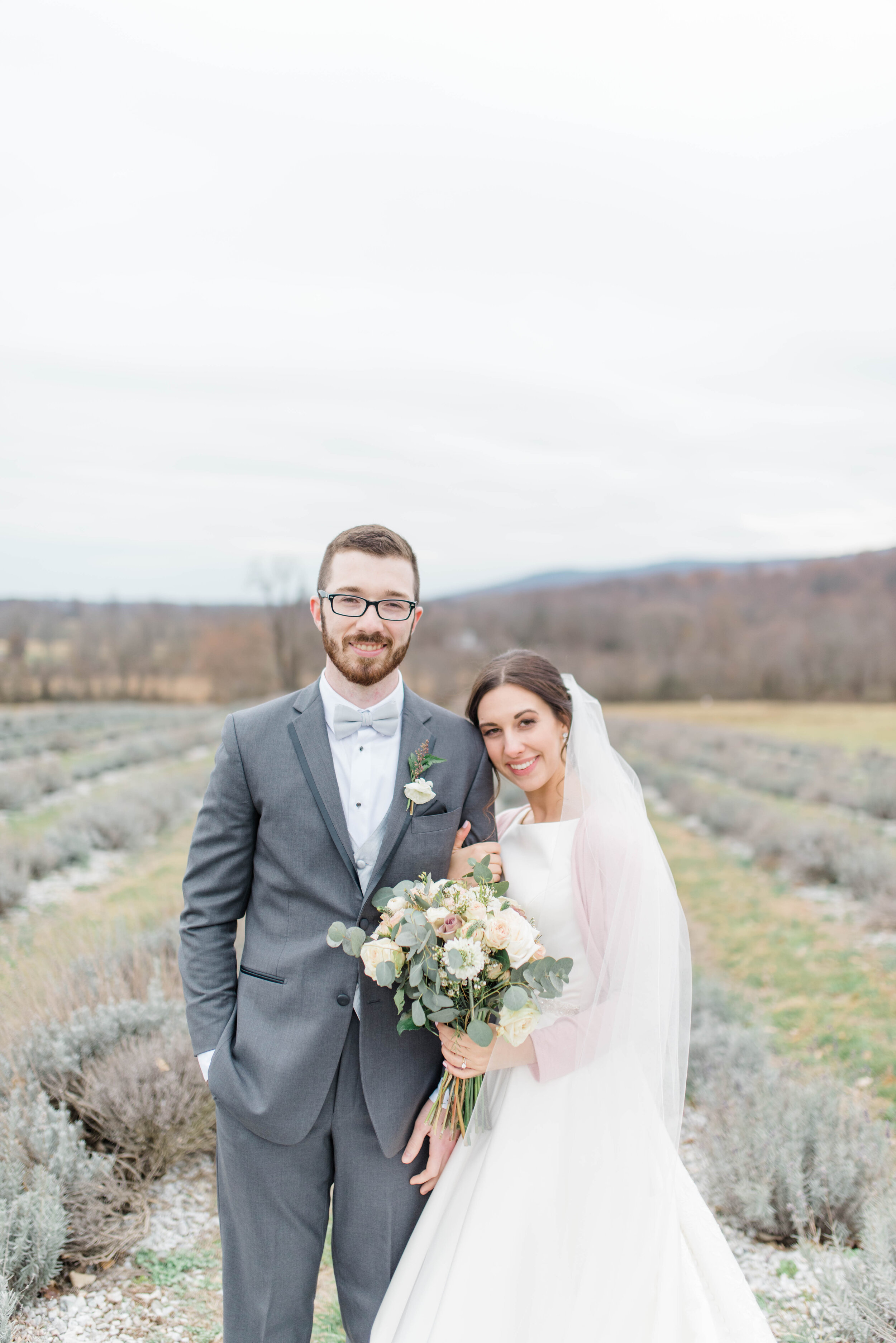When You're Nervous About Being the Center of Attention
/The radiant joy of a bride and groom, wearing their best attire--and looks of love--for one another--is impossible to look away from. But what about when you’re that couple, with all eyes on you?
If the prospect of sustained attention from guests on your wedding day makes you apprehensive, know that nerves are normal--after all, it’s rare to be looked at, photographed, filmed, and talked to for hours at a time in most of our everyday lives. It’s possible, however, to cultivate a spirit of comfort and freedom in the spotlight, with a combination of practical and emotional preparation. Here, our advice for handling attention gracefully.
Photography: Bella Gala, seen in Joan + Matt | Summer Brights Wedding
Talk about your expectations.
Seemingly simple matters, like sharing a kiss, or moving from conversation to conversation at a small gathering, can suddenly feel more complicated at your reception in the presence of dozens of guests. A bit of discussion beforehand can go a long way toward helping you and your fiancé manage expectations and feel on the same page. Have a conversation about each of your opinions on appropriate levels of PDA, a reasonable amount of time to spend with each guest in a receiving line or during your reception meal, and concrete ways to help each of your guests and wedding party members feel seen and appreciated.
Turn to the pros.
Wedding industry professionals are used to working with clients who don’t typically have experience in modeling or being filmed--and that’s a good thing! A great photographer or videographer will educate you in ways to pose, manage time, and feel natural on camera in a way particular to his or her style, one that will draw out who you are as a couple and allow them to produce their best work. Trust in their guidance, and turn to them as a resource for any specific concerns.
Cultivate self-acceptance.
If appearance and body image are a struggle for you, know this: you are enough. Beloved by your spouse-to-be and by the heavenly Bridegroom; beautiful in soul and body. On the days it becomes hard to believe this, consider ways to embrace your looks and to enhance and make visible your inner worth: cultivate gratitude for your body and pursue an exercise regimen that encourages strength and virtue. Research dress styles and makeup looks that will make you feel your best. And when comparison creeps in, step back. Close all the dress, cosmetic, and workout tabs and step into silence and prayer.
But, let yourself be surprised.
No amount of planning can account for the grace of forgetting--that is, the moments when the sense of being watched falls away, leaving you and your beloved in freedom to absorb and cherish the sacred and joyful moments of the day. Ask the Lord for the grace to feel like yourselves even when all eyes are turned to you. When we are his instruments, open and willing vessels, we direct the eye to him, the source of all love.
Being looked at taps into something deeply human. Every person desires to be seen for who they are, without veils or masks and loved all the same. Alice von Hildebrand wrote,
Your wedding day presents you with a similar opportunity: to be who you are, in love, at the threshold of your vocation, and able to bear the Father’s radiant love to all who are present.








































